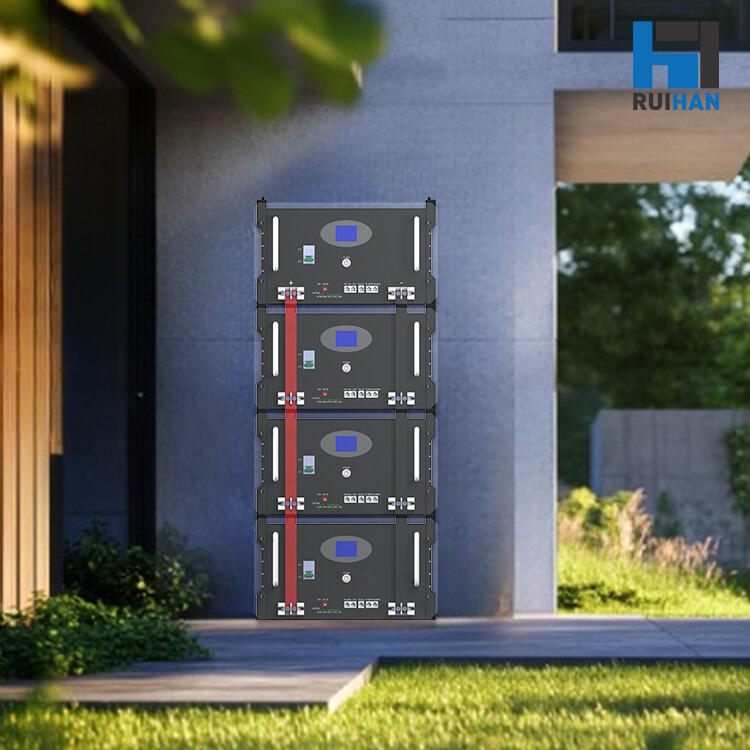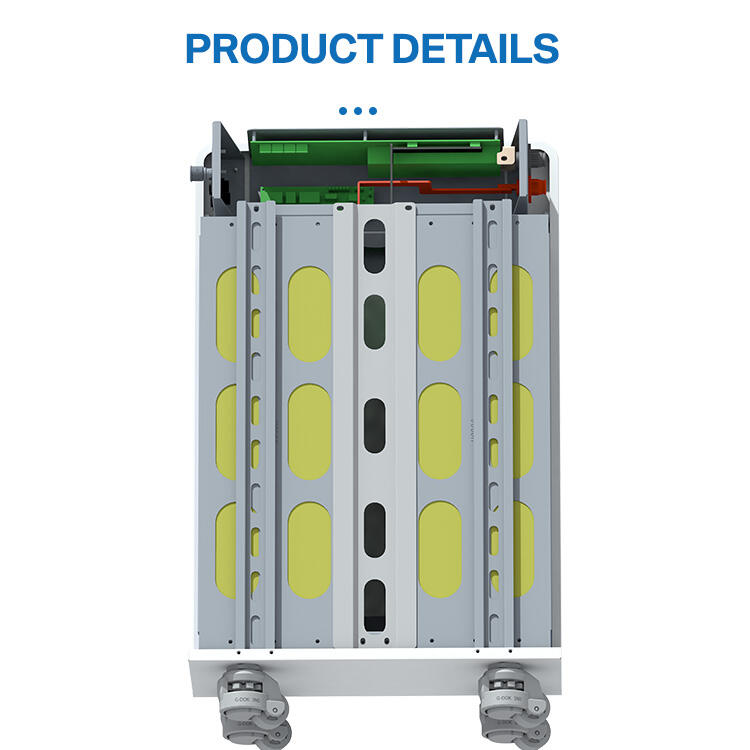
Considering their low price, lead-acid solar batteries have been frequent (if not the most common) choice. They function based on the reactions of lead and lead dioxide in sulfuric acid. They do have some drawbacks, however: a lower energy density, a shorter cycle life of 300-500 cycles for deep-cycle types, and maintenance like regular water level checks. Regardless, these batteries still find their place in low-budget and low-usage scenarios, such as small off-grid systems or backup power systems in urban areas with limited remote cache usage, to cost-effective enablement systems.

